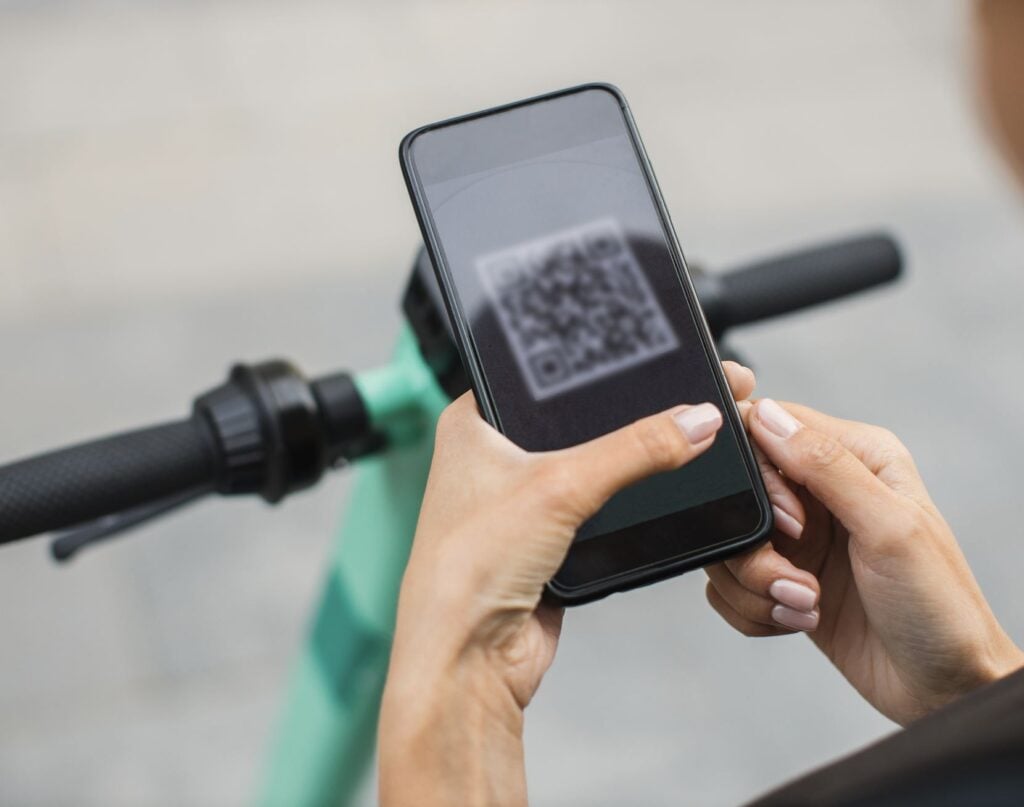
The 3 New Travel Scams This Summer: Are They Targeting Your Vacation?
You’ve nailed the flights, the resort, the itinerary. Summer trip is looking! But whilst you’re packing your swim trunks, scammers are packing their newest methods. Forget the old-school cons; they’ve gone digital, subtle, and are actively concentrating on people identical to you.
Think you are too savvy to fall for it? It’s time for a fast gut-check. Our rapid-fire quiz will see if you happen to can spot the frequent traps. Master these, and we’ll instantly expose the model new scams you actually want to fret about.
You’ve noticed the basic cons, however essentially the most harmful scams are those you will by no means see coming. Here’s the intel you want for summer time 2025.
The New Playbook: 3 High-Tech Scams Targeting Savvy Travelers This Summer
You simply proved you possibly can spot the basic cons. The bracelet trick, the “broken” taxi meter, the spilled drink—these are the old-school hustles. But whilst you’ve been perfecting your protection in opposition to these, scammers have been busy upgrading their whole working system.
The recreation has modified. The new threats aren’t occurring on a road nook; they’re occurring in your telephone. They are digital, subtle, and designed to prey on our fashionable habits. The basic scams have been kid’s play. Here’s the intel you want on the three new threats which might be actively concentrating on vacationers proper now.


The QR Code Bait-and-Switch
You’re standing in a stupendous plaza in Europe, and there may be an e-bike rental signal beside a row of e-bikes with a QR code to “rent now.” You scan it, enter your bank card information on a professional-looking web site, and wait. Nothing occurs. You’ve simply handed your monetary information on to a scammer.
How It Works: After years of being educated to make use of QR codes for every part from restaurant menus to museum tickets, we now belief them implicitly. Scammers exploit this belief by putting their very own malicious QR code stickers over legit ones in vacationer hotspots. A fast scan takes you to a phishing web site—an ideal clone of the actual firm’s web site—designed for one function: to steal your fee info or login credentials.
How to Beat It: Treat unsolicited QR codes like suspicious e-mail hyperlinks. Before coming into any info, scrutinize the online handle on the prime of the browser. Does it look proper? Is it misspelled? An enormous purple flag is a QR code on a easy sticker that would have been positioned by anybody. When unsure, manually kind the corporate’s official internet handle into your browser as a substitute.


The Fake “Official” Website Trap
You’re planning a visit and Google “Visitax for Cancun” or “UK ETA application.” The prime outcome seems to be good—it has the nation’s flag, official-looking logos, and a easy software type. You fill it out, pay the charge, and get a affirmation e-mail with a QR code. But whenever you land, you uncover the code is pretend, your private information has been stolen, and you’ve got paid a 500% markup.
How It Works: Scammers construct subtle web sites which might be good clones of official authorities portals for necessary journey charges (like Quintana Roo’s Visitax) or authorizations (just like the UK’s ETA). They use Google Ads to rank above the actual web site. The rip-off works in 3 ways:
- Massive Service Fees: They cost you the official charge plus their very own outrageous “processing fee,” turning a $15 cost right into a $90 one.
- Data Theft: They are harvesting your full title, date of beginning, and passport particulars for identification theft.
- Issuing Fake Documents: You pay the charge and obtain a totally nugatory, cast doc or QR code, which may trigger severe issues whenever you arrive at your vacation spot.
How to Beat It: While searching for a .gov area is an effective begin, many official worldwide portals do not use it, which is how scammers exploit the confusion. The solely option to be 100% sure you’re on the legit authorities web site is to make use of a verified hyperlink. That’s why we constructed the Travel Fee Checker tool, which has the direct, official hyperlinks to the visa and charge portals for over 40 nations.


The AI Voice-Cloning Emergency
This is essentially the most terrifying rip-off of the brand new period. Your mom will get a name. The voice on the opposite finish is yours—indistinguishable from your personal—and it is in a panic. “Mom, I’ve been in an accident in Cancun. I’m at the police station, my phone is dying, and the ‘lawyer’ needs you to wire $2,000 for bail right now.” It’s your voice. It’s your terror. But it isn’t you.
How It Works: Scammers can now use synthetic intelligence to clone an individual’s voice with just some seconds of audio scraped from a social media video or voicemail. They then use this cloned “voiceprint” to focus on members of the family within the basic “grandparent scam,” however supercharged with terrifying realism. The emotional panic of listening to a cherished one’s voice overrides all logical skepticism.
This is not simply theoretical. The Federal Trade Commission (FTC) has issued pressing client warnings about this precise tactic, noting that scammers want just some seconds of audio from a social media put up to create a convincing clone. Real households have misplaced hundreds of {dollars} to those hyper-realistic calls, making it one of many fastest-growing and cruelest types of fraud at present.
How to Beat It: This is a rip-off you put together for earlier than you journey.
- Establish a “Safe Word”: Agree on a novel, secret password or query together with your shut household. If they ever get a panicked name asking for cash, they have to ask for that phrase. A scammer won’t ever realize it.
- Hang Up, Call Back: The golden rule. If you obtain a frantic name, cling up instantly. Then, name the one you love again on their identified telephone quantity. If they do not reply, strive messaging them or contacting a buddy they’re touring with. Never, ever ship cash based mostly on an incoming name alone.
The recreation has modified. The threats vacationers face are now not nearly a hand in your pockets in a crowded road; they’re a couple of click on on the mistaken hyperlink or a voice in your telephone. What all these new scams have in frequent is that they exploit our belief within the know-how we use day-after-day. But by understanding this new digital playbook, you have already constructed your greatest protection. You’re now not only a vacationer—you’re a ready, savvy, and fashionable traveler, prepared for regardless of the journey throws at you.
The Savvy Traveler’s Toolkit
This article is only one a part of our mission to make you a safer, smarter traveler. You can discover our full suite of unique instruments for vacationers on our official Travel Off Path Tools Page or start exploring extra under.
The Travel Off Path Advantage: Your Travel Toolkit
Subscribe To Our Latest Posts
Enter your e-mail handle to subscribe to Travel Off Path’s newest breaking journey information, straight to your inbox.
